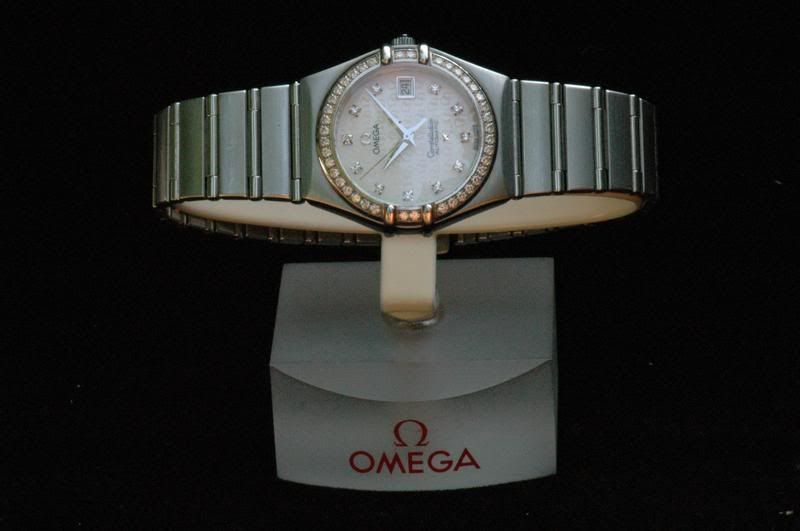| Informational Websites | ChronoMaddox -- the legacy of Chuck Maddox | OnTheDash -- vintage Heuer website | Zowie -- Omega information |
| Discussion Forums | ChronoMaddox Forum | Heuer Forum | Omega Forum |
| Counterfeit Watchers | ChronoTools Forum | ChronoTrader Forum |
|
|
The largest independent, non-commercial, consumer-oriented resource on the Internet for owners, collectors and enthusiasts of fine wristwatches. Online since 1998. | |||||||
|
||||||||
|
||||||||

Feel free to discuss pricing and specific dealers. But 'for sale' postings, commercial solicitation and ads are not allowed. Full archive of all messages is accessible through options in the Search and Preferences features. Privacy, policies and administrivia are covered in the Terms of Use.
| For the answer to the NUMBER #1 most frequently asked question here--for details or value of a specific older Omega watch you have--go to: Tell Me About My Omega. | Learn more about How To Include Photos and HTML In Your Postings. | To contact someone with a question not relevant to other readers of the forum, please click on their email address and contact them privately. |
: I'm really feeling inclined to march into the
: store and demand an exchange and if they
: can't do that immediately then seek a
: refund. I don't think they should need to do
: any tinkering on a brand new watch that
: costs that amount of money. Even a new $200
: watch will keep perfect time for at least a
: week!
: Thanks for all your replies
: Anna
An automatic watch is a fine piece of machinery, with well over 100 parts and often requires a bit of time for the parts to "settle in".
A quartz mechanism, while a better timekeeper, is mechanically much simpler. If it isn't keeping good time, it won't improve.
Some quartz movements have a EOL indication (end of life) for when the battery is low. The second hand begins jumping forward five seconds instead of one, while still keeping good time. Losing five minutes a day is not an EOL indicator -- it is too subtle. Nevertheless, the loss of time per day could be an effect of a low battery.
You cannot tell when the watch was manufactured with any degree of accuracy, without making an inquiry of Omega. It is certainly possible the watch spent a long time "on the shelf". I have purchased "new" automatics (with extenuating circumstances) that were six and seven years old!
(Circumstances: some autos are chronometer tested before the movement is installed in the watch, and the date of testing is recorded. The movement may not be used in the manufacture of a watch for some time. I purchased a "unpopular" watch that was slow moving, from a dealer in an out of the way part of the world, where I know the watch was in the counter for several years. The movement was seven years after its chronombter test at the time of purchase.)
The jeweler should replace the battery in your watch immediately for you, free of charge. If this does not correct the issue, he should replace or repair the watch under warranty.
Any manufactured product has a chance of failing, and some always do. Your failure is relatively benign, that is, early and easy to detect.
Good luck
We would love to see photos.
This is my wife's Connie (Constellation) automatic. It also had to be serviced just after acquisition. It was a 50th Anniversary edition (2002) purchased in 2006.




Sam
| Chronocentric and zOwie site design and contents (c) Copyright 1998-2005, Derek Ziglar; Copyright 2005-2008, Jeffrey M. Stein. All rights reserved. Use of this web site constitutes acceptance of the terms of use. | CONTACT | TERMS OF USE | TRANSLATE |